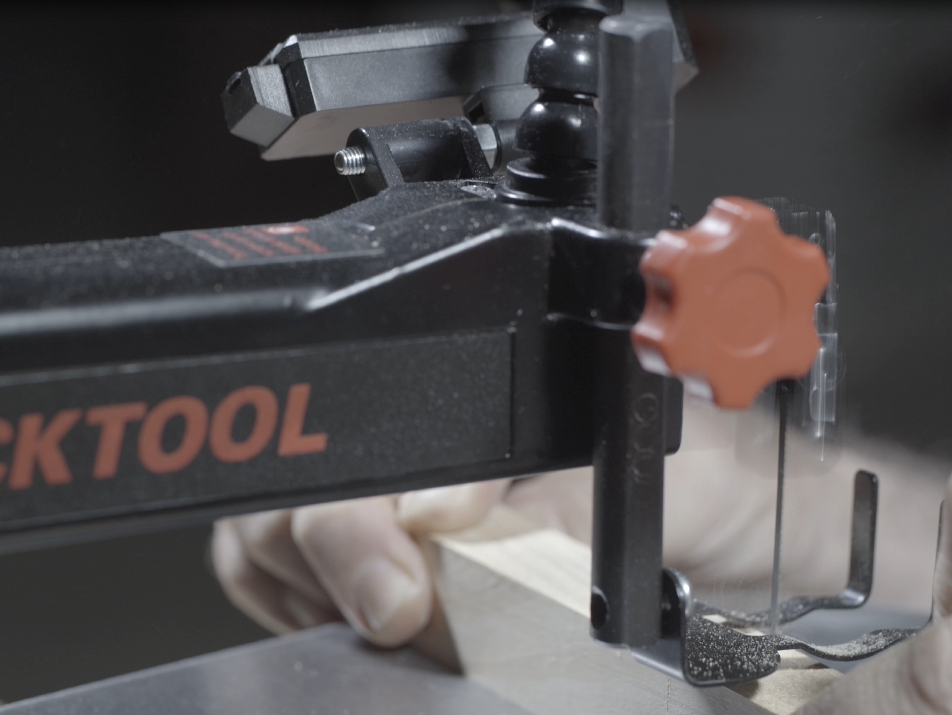Part Three
The specific tools and introduction are as follows, please buy by yourself according to your needs.
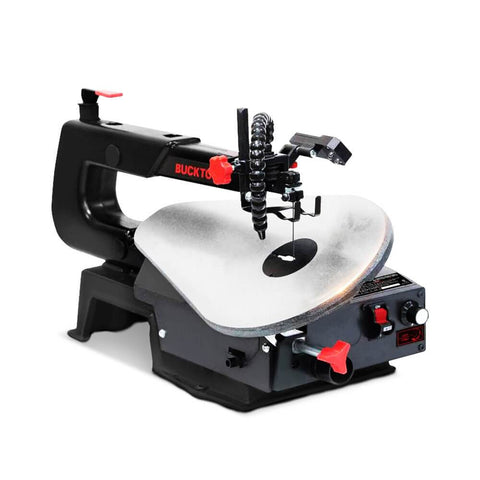
Scroll saw: Use a small bench-mounted or stand-mounted scroll saw to cut the detailed, intricatc wood designs that this book focuses on. Saws come in a range of sizes and prices, from beginner/intermediate saws to professional saws. Sizes 16" ( 40cm ) to 21" ( 53cm ) are the most popular.
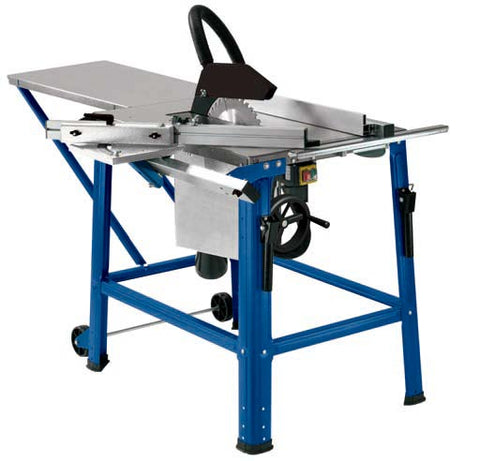
Table saw, radial arm saw (pictured), or sliding compound saw: A large stand or bench-mounted saw like any of the examples listed will make cutting square wood shapes quicker,easier, and more precise than simply sawing by hand.(But you can, of course, cut your blanks by hand if you don't have any of these tools.)

Bench sander: A large electric, stationary sander is useful for shaping and smoothing wood in conjunction with a palm sander. Instead of moving the sanding tool over the wood, you move the wood against the sanding tool.I like to use a bench sander after cutting a piece to be used on a trivet. I find that when using a larger sander like this, I can smooth the edges and surfaces quicker than with a palm sander. The bench sander pictured is a 2-in-1 belt and disc sander.
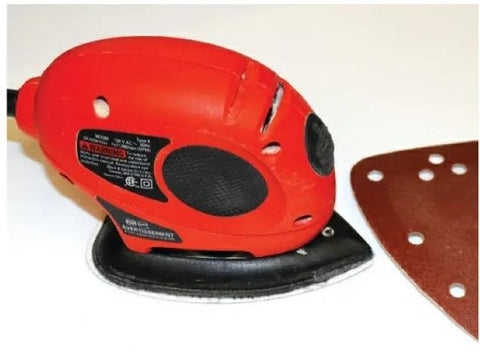
Palm sander: This small handheld electric detail sander is great for smoothing wood surfaces before scrolling. It will save you time and elbow grease when compared to sandpaper (but sandpaper is a viable alternative if you don't have a palm sander).

Electric hand drill or drill press (pictured): Use a handheld or stationary drill to drill all the necessary pilot holes in your wood before you start scrolling.
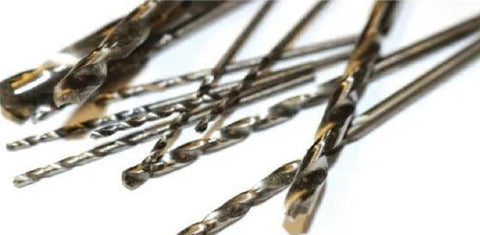
Drill bits (3/64 "[1.2mm] and 1/16 " [1.6mm] or #56 [1.2mm] and #52 [1.6mm], and larger): Choose drill bits relative to the size of each fretwork pilot hole. In general, you will want to use smaller drill bits for very small frets. I recommend sizes for every project. There are also some circular design features, like eyes and flower centers, that will be easier to simply drill to size rather than scroll.
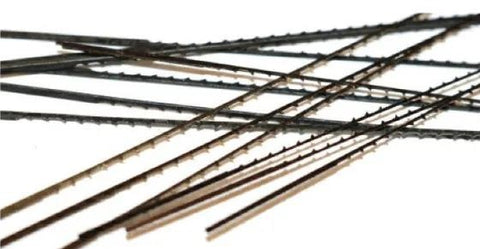
Various saw blades: There are about the types of saw blades.

Assorted needle files (optional): These small handheld files are great for removing fuzzies and burrs from the wood surface in between cuts. They make it easy to get into tight angles and curves.
Compressed air (optional): Use a handheld compressed air canister or larger stationary electrical air compressor to remove dust particles between cutouts and from the surface of the wood.
Painter's pyramids (optional): These small, plastic pyramid shapes allow you to neatly support wood while it is drying after applications of spray varnish, paint, or oil.

